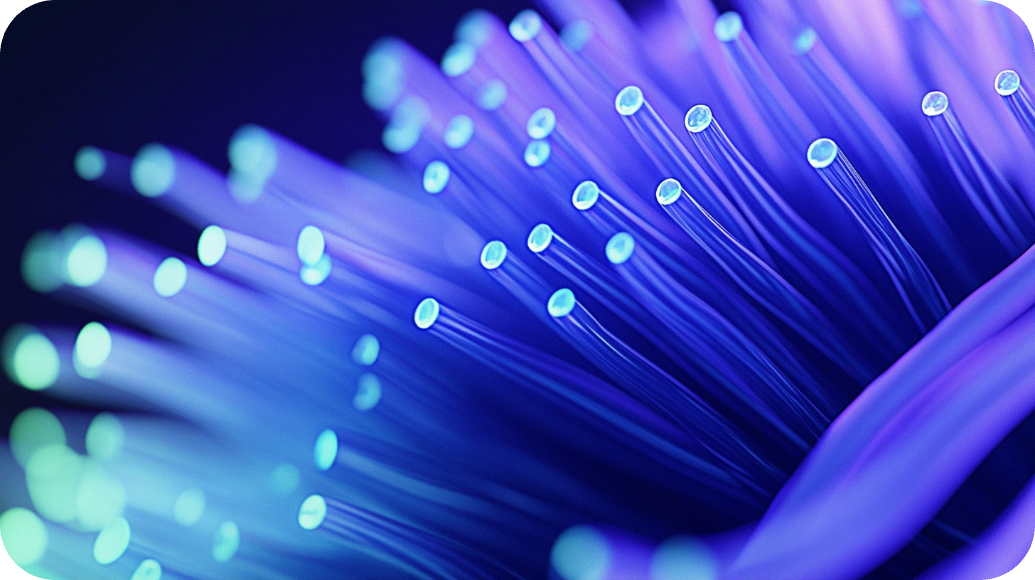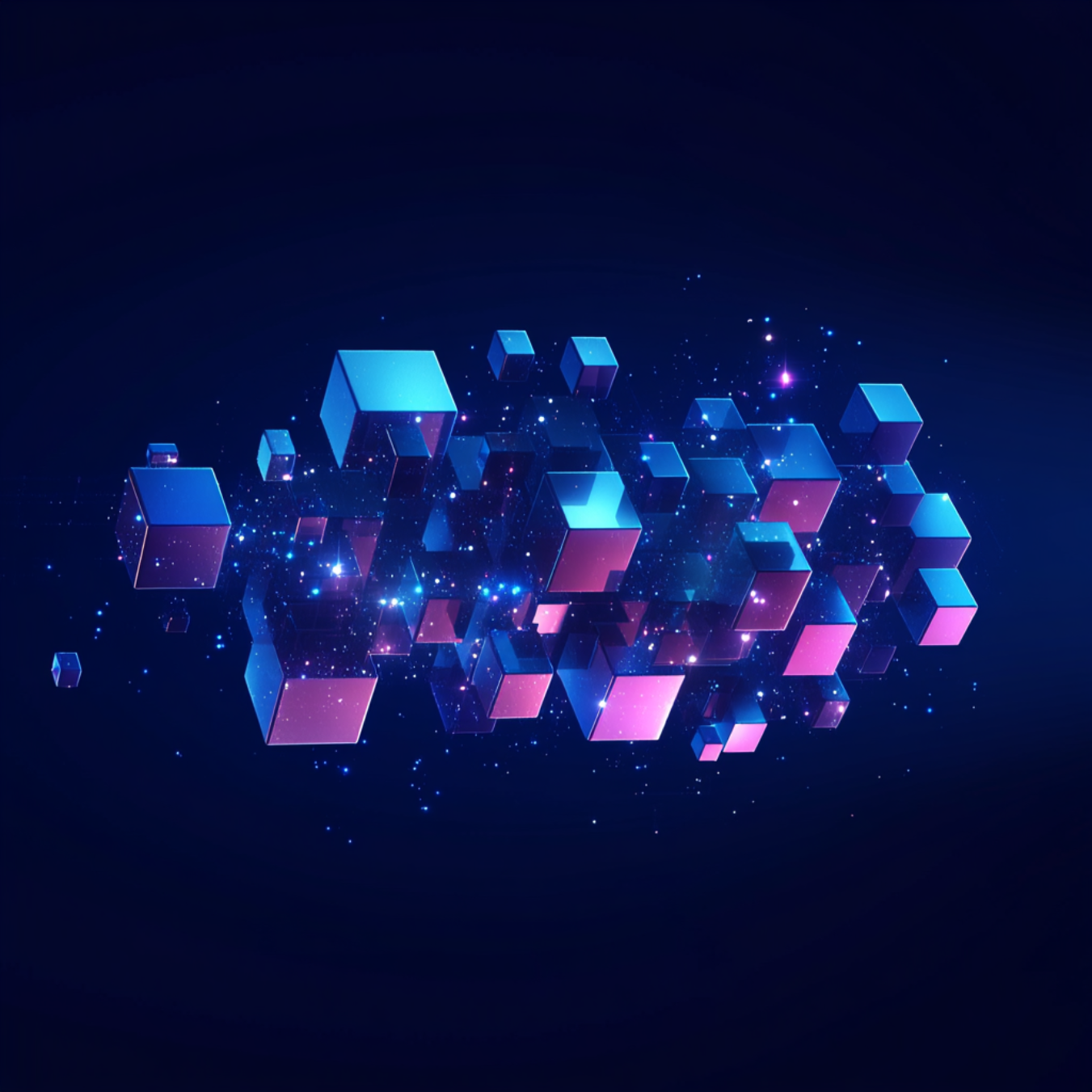People attracted by DeepModeling for its openness, inclusiveness, and dedication to advancing scientific computing worldwide.
The two most important applications of computing are machine learning and physical modeling. The former is an effective tool for analyzing complex data; the latter is a scientific description of the physical world. The vitality boosted by the effective integration of the two is driving scientific research toward a more platform-oriented paradigm. DeepModeling will ultimately become a comprehensive methodology and a suite of open-source tools that embody the deep integration of literature and data, computing power and computation, experimentation, and modeling.People who are attracted by the DeepModeling community are attracted by its open, inclusive environment, as well as its dedication to the cause of advancing scientific progress worldwide.
The "DeepModeling Community" started with the initiation of the "deepmd-kit" project. After the development of deepmd-kit, the DeepModeling community has successively initiated projects such as dpdata, dp-gen, and dpdispatcher, and extended the modeling scale to electronic structure level through projects such as deepks-kit and ABACUS. These projects have brought together people from all over the world working on molecular simulations.
As the DeepModeling community continues to gain recognition, more and more developers and projects are joining its ranks. Currently, the community hosts over 30 open-source projects, spanning a wide range of scales and scientific problems. The community has also developed workflow framework for AI for Science, along with a series of domain-specific workflows built on top of it. In recent years, the community has launched the OpenLAM Initiative for large atomistic models, and has successively released models such as DPA1 and DPA2. DeepModeling has continued to enhance its community infrastructure and governance, and has introduced a range of community activities to support learning and participation.To date, DeepModeling has attracted tens of thousands of users from more than 20 countries around the world.
The future will be jointly created by us.
The short-term plan and long-term vision of the DeepModeling community
While continuing to advance solutions that integrate machine learning with multi-scale physical modeling,
the DeepModeling community will, in the short term, expand its exploration into areas such as “AI for literature analysis” and “AI for experimental science.
In the long run, the DeepModeling community is committed to promoting the development of scientific general intelligence and to tackling the most challenging scientific and technological problems facing human society.




Why Choose OpenSource?
There are different interpretations of the term "open source". The consensus among the DeepModeling community is that open source is a collaborative software development platform based on the spirit of openness and sharing. Open source is a familiar concept for people in the fields of machine learning and computer science, but it is not yet popular across many scientific disciplines. What we advocate is that an algorithm or software should not be judged by the reputation of the journal in which it is published, but by its ability to solve real world problems and its actual contribution to science. The sustainable development of a software requires continuous investment in manpower. It should undergo incremental improvement, and it should be put to the test of solving real-world problems in an open environment. This is often difficult to achieve by individuals or individual groups. The open-source community provides better solutions.
6.7k
Users with our Projectse
Researchers and developers from all over the world are using DeepModeling to solve their problems.
6.52k
Commits on Deepmodeling
Researchers and developers from all over the world are using DeepModeling to solve their problems.
1.2k
Related Publications
Researchers and developers from all over the world are using DeepModeling to solve their problems.
We love Creators
If you want to contribute to an existing project in the DeepModeling community, please just do so or contact the corresponding developer directly; if you want to open a new project in the DeepModeling community, or if you want the DeepModeling community to help develop your project, just contact deepmodeling@deepmodeling.com
If you are focused on machine learning algorithm research or skilled in deploying AI models into real-world systems, the DeepModeling community offers a wealth of innovative, research-driven scenarios that directly address scientific bottlenecks. At the data engineering level, you can build automated systems for mining knowledge from scientific literature, develop cross-modal data integration tools, construct automated pipelines that connect experimental and computational data, and generate high-quality, AI-ready datasets. At the agent development level, you can design intelligent experimental assistants, enable closed-loop control of experimental workflows, and build collaborative platforms for multi-agent systems to accelerate the validation of scientific hypotheses. These contributions will redefine the efficiency and scope of scientific discovery—turning every intelligent agent into a pioneer of paradigm shifts in research, and every line of code into part of the next-generation research infrastructure for deep human–machine collaboration.
If you have long been engaged in experimental work, the DeepModeling community urgently needs your hands-on expertise to drive the intelligent upgrade of laboratory instrumentation. From documenting and promoting standardized experimental procedures, to designing intelligent experimental assistants; from establishing unified control protocols across instruments, to parsing experimental data and further enabling rapid, closed-loop iteration between experiments and AI models—your deep understanding of the pain points in experimental processes will play a vital role in improving research efficiency and will serve as a driving force at the core of experimental intelligence transformation.
If you are a programmer who loves science and are inspired by the vision of the DeepModeling community, you can contribute not only through new algorithms, but also code development specifications, document writing specifications, community databases, task scheduling, workflow management and other tools. In addition, you can contribute to code architecture design and high-performance optimization tasks in the DeepModeling community. People who conduct scientific research using these tools will greatly appreciate your expertise and contribution.
If you are a hardcore developer familiar with topics such as electronic structure calculations, molecular dynamics, and finite element methods, the DeepModeling community will be your place to showcase your talents. The addition of machine learning components requires us to rethink about architecture design, each specific implementation for the tasks mentioned above and high-performance optimization. You will become important bridges that connect other developers, contributors, and users in different areas.
If you have only used some basic scientific software and have worked on some post-processing scripts, the DeepModeling community also needs you. Try to ask questions and communicate on github/gitee and other communication platforms, try to give opinions, and try to fork, commit, pr... Your little by little contribution will make the DeepModeling community better and better, and the DeepModeling community will be very grateful for such contributions.
If you have questions?
We'are here to help
If you have some questions, we recommend you first go to our discussion board on github. (Our users come from different countries, so please discuss in English). Our developers will check the discussion board every day.
